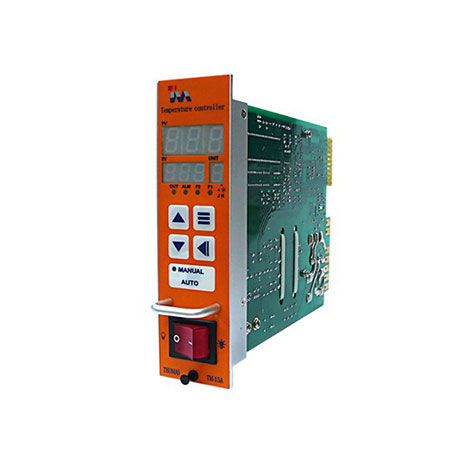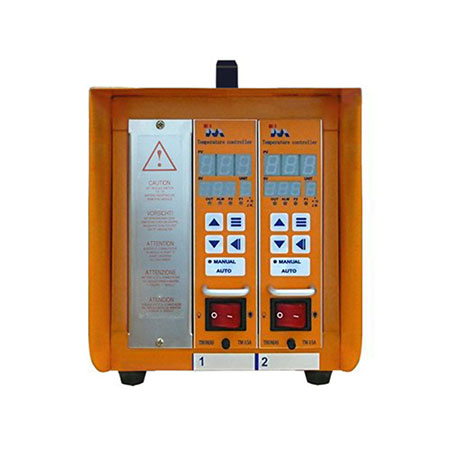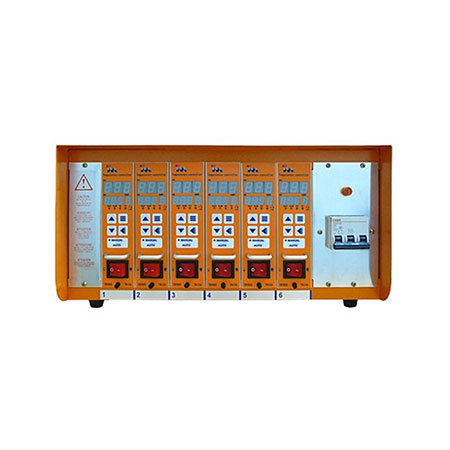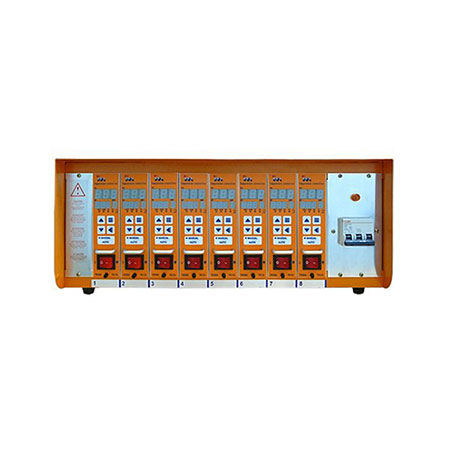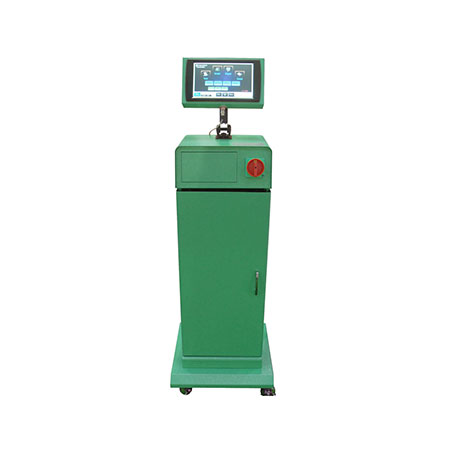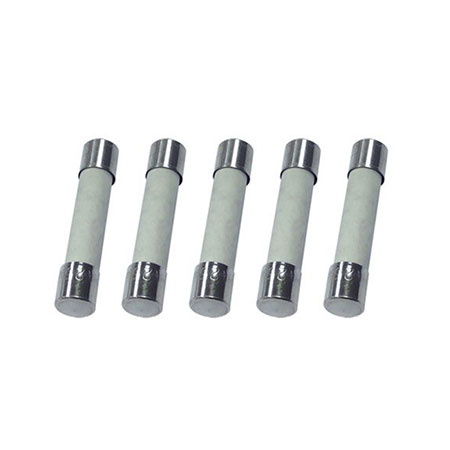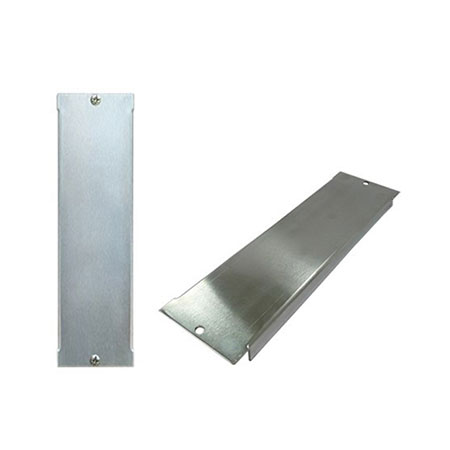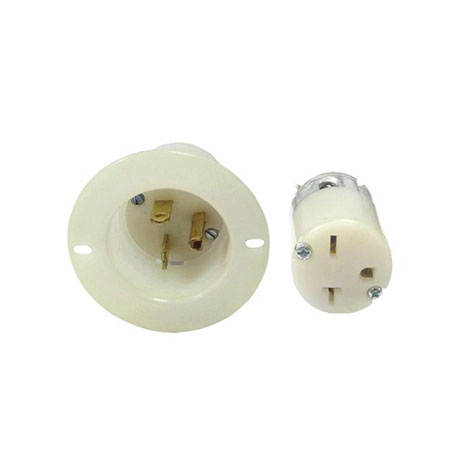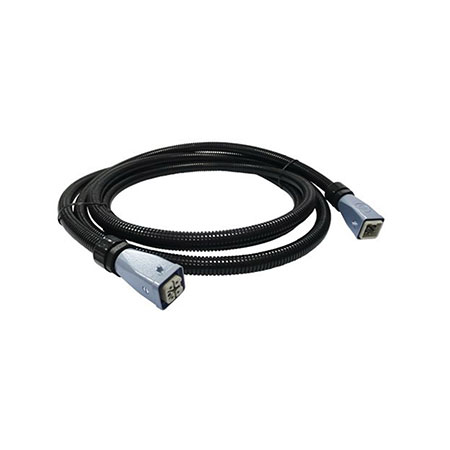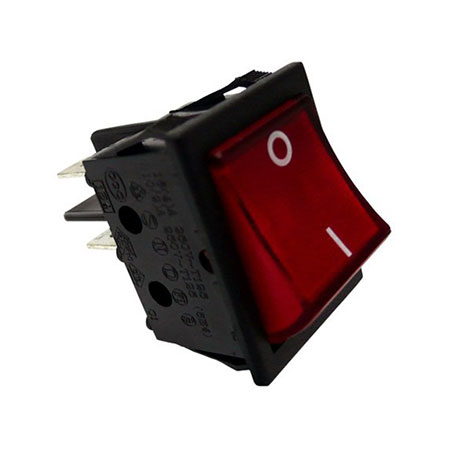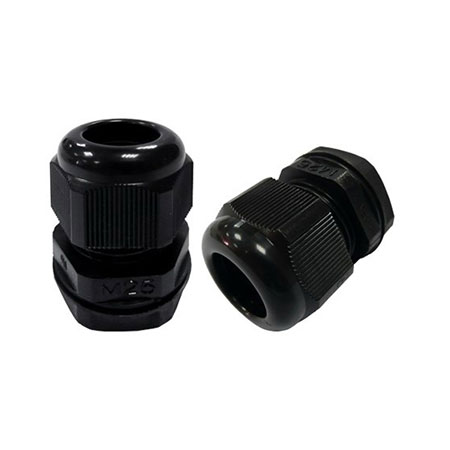Temperature Controller is a measuring element used to control temperature. It is mainly used for temperature control without the participation of a large number of operators. In a temperature control system, the controller receives input from a temperature sensor (such as a thermocouple or RTD) and compares the actual temperature to the desired control temperature (or set point). It then provides an output signal to the control element.
Basic Guide
A Temperature Controller serves as the cornerstone for precise temperature management across various industries. It regulates temperatures within systems, ensuring optimal performance and product quality.
Basic Guide
A Temperature Controller serves as the cornerstone for precise temperature management across various industries. It regulates temperatures within systems, ensuring optimal performance and product quality.
Temperature Controller
Dual SV temperature control
Auto/Manual function
PID auto temperature control
Selectable two thermocouple types ( ] / K )
Selectable two temperature scales ( °C/ °F ')
Selectable six alarm modes
Selectable two trigger O/P modes (Zero Crossing/Phase Angle)
Fuse break indicator
Power frequency auto-detect
Thermocouple break and/or inverse detect
Dual LED display
Unit display
Temperature range 0~850°C/32~999°F
Introduction
Dual SV temperature control
Auto/Manual function
PID auto temperature control
Selectable two thermocouple types ( ] / K )
Selectable two temperature scales ( °C/ °F ')
Selectable six alarm modes
Selectable two trigger O/P modes (Zero Crossing/Phase Angle)
Fuse break indicator
Power frequency auto-detect
Thermocouple break and/or inverse detect
Dual LED display
Unit display
Temperature range 0~850°C/32~999°F
Dual SV temperature control
Auto/Manual function
PID auto temperature control
Selectable two thermocouple types ( ] / K )
Selectable two temperature scales ( °C/ °F ')
Selectable six alarm modes
Selectable two trigger O/P modes (Zero Crossing/Phase Angle)
Fuse break indicator
Power frequency auto-detect
Thermocouple break and/or inverse detect
Dual LED display
Unit display
Temperature range 0~850°C/32~999°F
Dual SV temperature control
Auto/Manual function
PID auto temperature control
Selectable two thermocouple types ( ] / K )
Selectable two temperature scales ( °C/ °F ')
Selectable six alarm modes
Selectable two trigger O/P modes (Zero Crossing/Phase Angle)
Fuse break indicator
Power frequency auto-detect
Thermocouple break and/or inverse detect
Dual LED display
Unit display
Temperature range 0~850°C/32~999°F
MC-48/40 Series has the most precise temperature control behavior with an excellent performance processor that reinforces the heat radiation structure.
And by using the LCD touch screen (MC-48/40 series), it makes user more convenient and efficient.
Introduction
Intuitive Ul and Various display panels
Report function
Monitable mold files
Testing mold
Windows operating system
Control 6~144 zones
Sequence injection timer can be installed (optional 1~16 gates)
Overload protection
Better performance with the 32bit processor
Single Phase Power Connector (Male)
Product No. : AC2024F
Single Phase Power Connector (Female)
Product No. : AC2024M
Industry News
In recent years, the demand for advanced
Application Scope
How to Choose
Temperature Range: Select a Temperature Controller with a range suitable for your application.
Accuracy: Opt for controllers with high precision to ensure consistent temperature regulation.
Compatibility: Ensure compatibility with existing systems and sensors.
User Interface: Consider user-friendly interfaces for ease of operation and monitoring.
History
The evolution of Temperature Controller traces back to the early 20th century, marked by the development of mechanical thermostats. Over time, advancements in electronics and automation have revolutionized temperature control, leading to the sophisticated controllers available today.
Frequently Asked Questions
How do Temperature Controller improve efficiency?
Temperature Controller optimize energy consumption by precisely regulating temperatures, reducing wastage and improving process efficiency.
Can Temperature Controller be integrated with existing systems?
Yes, modern Temperature Controller offer compatibility with various systems and can be seamlessly integrated for enhanced functionality.
Manufacturing Related Information
Manufacturing Temperature Controller requires expertise in electronics, sensor technology, and software programming. Rigorous testing and quality control processes ensure reliability and durability, making them indispensable components in industrial automation.
By incorporating Temperature Controller solutions from reputable manufacturers and suppliers into your operations, you can enhance efficiency, improve product quality, and streamline processes. Explore our range of advanced controllers to elevate your temperature management systems.
In recent years, the demand for advanced
Temperature Controller
solutions has surged, driven by the increasing need for automation and quality control in manufacturing processes. Industry leaders are investing in cutting-edge technologies to meet evolving market demands.Application Scope
Temperature Controller
find extensive applications in diverse sectors such as manufacturing, pharmaceuticals, food processing, and HVAC systems. From maintaining precise temperatures in chemical reactors to controlling oven temperatures in bakeries, their versatility is unparalleled.How to Choose
Temperature Range: Select a Temperature Controller with a range suitable for your application.
Accuracy: Opt for controllers with high precision to ensure consistent temperature regulation.
Compatibility: Ensure compatibility with existing systems and sensors.
User Interface: Consider user-friendly interfaces for ease of operation and monitoring.
History
The evolution of Temperature Controller traces back to the early 20th century, marked by the development of mechanical thermostats. Over time, advancements in electronics and automation have revolutionized temperature control, leading to the sophisticated controllers available today.
Frequently Asked Questions
How do Temperature Controller improve efficiency?
Temperature Controller optimize energy consumption by precisely regulating temperatures, reducing wastage and improving process efficiency.
Can Temperature Controller be integrated with existing systems?
Yes, modern Temperature Controller offer compatibility with various systems and can be seamlessly integrated for enhanced functionality.
Manufacturing Related Information
Manufacturing Temperature Controller requires expertise in electronics, sensor technology, and software programming. Rigorous testing and quality control processes ensure reliability and durability, making them indispensable components in industrial automation.
By incorporating Temperature Controller solutions from reputable manufacturers and suppliers into your operations, you can enhance efficiency, improve product quality, and streamline processes. Explore our range of advanced controllers to elevate your temperature management systems.
 English
English Français
Français Deutsch
Deutsch Русский
Русский Português
Português Italiano
Italiano हिन्दी
हिन्दी Español
Español 한국어
한국어 العربية
العربية Tiếng Việt
Tiếng Việt ภาษาไทย
ภาษาไทย Bahasa Indonesia
Bahasa Indonesia 日本語
日本語 Türk
Türk 繁體中文
繁體中文